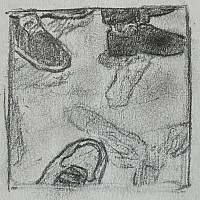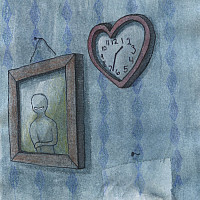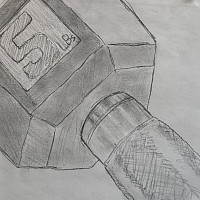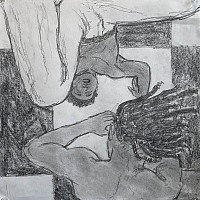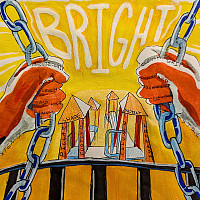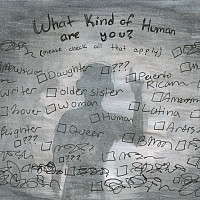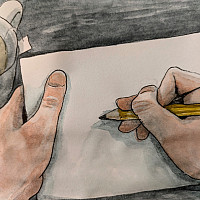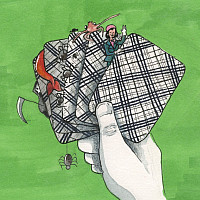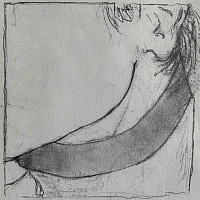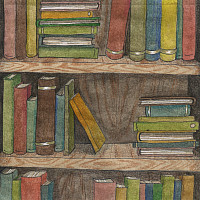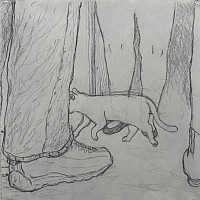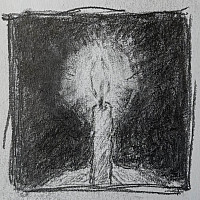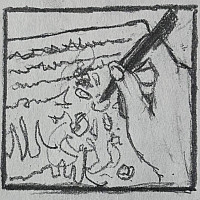Expose: The Journal of Expository Writing

Expose biannually shares a selection of noteworthy personal and critical essays that are created by students in College and Expository Writing courses at Purchase College.
Spring 2025
Awakening
“…live in the question.”
―
This issue is the first to be entirely read and curated by an Expose Editorial Fellow, Alina Stepanov ’25. Alina advises first year writing students in a special essay for this issue, “After Rilke: Letter to a Young Writer,” that “constructing one’s voice through a discovery of the world through literature is essential because you can pierce through the loud noise this world creates, and you will be able see it clearly.”
The varied essays in this issue reflect students grappling with the themes of our time while nurturing their writing voices. Thank you, Alina, and thanks to all College Writing faculty for nominating student work for this issue. Special thanks as always to Professor Emily Sausen, Director of College Writing, and Professor Aviva Taubenfeld, Director of the School of Humanities, for sustaining Expose and supporting its mission and evolution.
Congratulations to this issue’s featured writers, Mia Balsamo, Juan Ignacio López Calderon, Djami Diallo, Anthony Diana, Quinn Dobrish, Ciara Eng, Olivia Geitman, Byron Hueca, George Humphreys, Desara Leka, Kilanys Martys Marrero, Langston Muller, Carter Offer, Evan Rosen, Mahalia Savage, Teagan Schier, Francisca Schmalz, Ilona Shaoul, Alina Stepanov, and Airianna Strickland, as well as to all nominees.
And, with the utmost gratitude to Omar Lawrence ’25 and Kate Wilson ’27 for creating original illustrations for the essays in this issue.
—Amy Beth Wright, Editor
Faculty Essay
